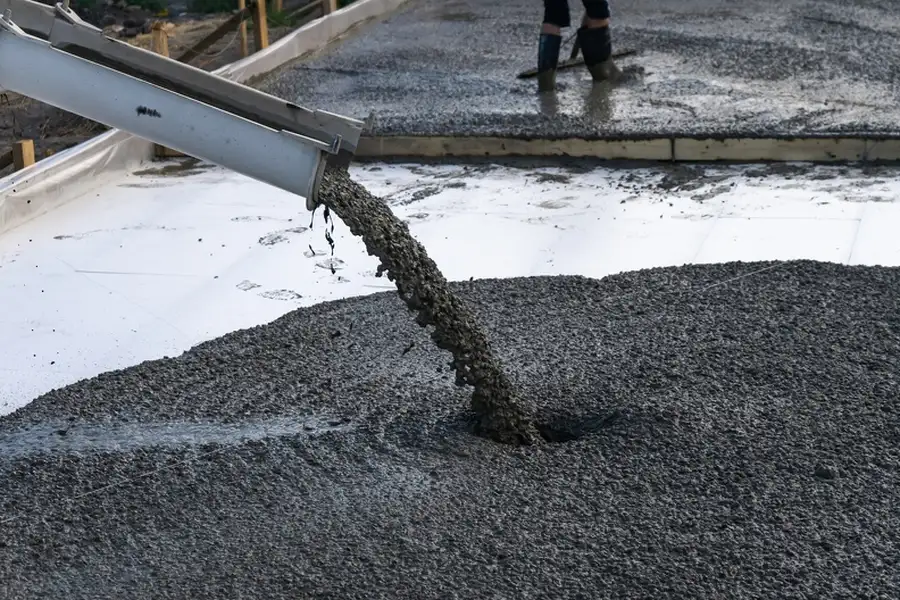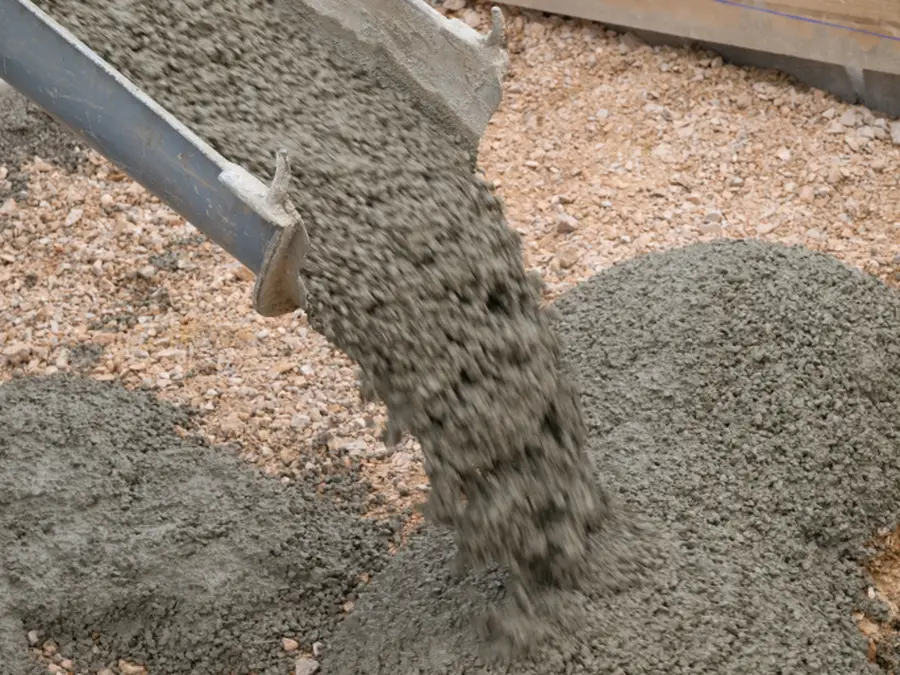How Proper Timing Ensures Durability and Strength
Curing time plays a crucial role in the success of concrete projects. It refers to the period during which concrete hardens and achieves its desired strength. Without adequate curing, concrete may crack or become weak, leading to structural issues over time. Understanding the importance of this process helps ensure that buildings, roads, and other structures last longer and remain safe. This article explores various aspects of curing time in concrete construction, including its benefits, challenges, and best practices.

Key Benefits of Proper Curing Time
Allowing sufficient curing time for concrete offers several benefits that enhance the overall quality and longevity of a structure. Firstly, it ensures the proper hydration of cement particles, which is essential for developing the strength and durability of the concrete. Secondly, proper curing minimizes the risk of cracking by controlling moisture loss. By maintaining an optimal temperature and humidity level, you can prevent surface defects. Lastly, it enhances resistance to wear and tear, making it ideal for high-traffic areas.
Challenges Associated With Insufficient Curing
When not given enough time to cure, concrete can face several challenges that compromise its integrity. One common issue is premature drying, which leads to cracks and surface imperfections. Moreover, inadequate curing can result in reduced strength, as the chemical reactions within the concrete are incomplete. This scenario poses significant risks in terms of safety and reliability. In some cases, repairs might be necessary shortly after installation, increasing both time and cost burdens.
Curing Techniques to Improve Concrete Installation
Several methods help achieve optimal curing for concrete installations. One popular technique is water curing, where the surface is kept moist with water sprays or wet coverings like burlap. Another approach involves using curing compounds that form a moisture-retaining film on the concrete’s surface. Additionally, impermeable plastic sheets can be laid over fresh concrete to trap moisture. Each method has its advantages and choosing the right one depends on environmental conditions and project requirements.
Best Practices for Effective Curing
Ensuring effective curing involves following certain best practices. To start with, always plan for adequate curing time based on the specific mix design and environmental factors. It’s also essential to monitor temperature and moisture levels consistently throughout the process. Using insulation blankets or heaters helps maintain optimal conditions in cold weather. Furthermore, setting up barriers or windbreaks reduces evaporation rates in dry and windy climates.
- Plan for adequate curing time considering environment and mix
- Monitor temperature and moisture regularly
- Use insulation or heaters in cold conditions
- Implement barriers to control evaporation
Industry Standards Impacting Concrete Installation
The construction industry follows certain standards to ensure proper curing times during concrete installation. Organizations like the American Concrete Institute (ACI) provide guidelines that specify minimum curing periods based on different factors such as climate and type of concrete used. These standards emphasize maintaining suitable temperature and humidity levels to achieve optimal results. Adhering to these guidelines not only ensures compliance but also enhances the overall quality of your project.
Cost Considerations Related to Curing Time
The financial aspect of curing time is another important consideration in concrete projects. While extending the curing period might seem costly due to delays in completion, it often pays off in terms of long-term savings. Properly cured concrete reduces maintenance needs and prolongs the life of a structure, offering better return on investment (ROI). Additionally, avoiding premature failures saves money on potential repairs or replacements down the line.

Final Recommendations for Successful Projects
Understanding the significance of curing time in concrete construction leads to more successful projects. Prioritize this step by planning effectively and adhering to industry standards. For expert guidance tailored to your project’s needs, contact us at (510) 730-8179. Our team at TK Constructions specializes in delivering top-quality solutions across San Leandro, CA. Ensure your next construction endeavor stands strong with our professional support.